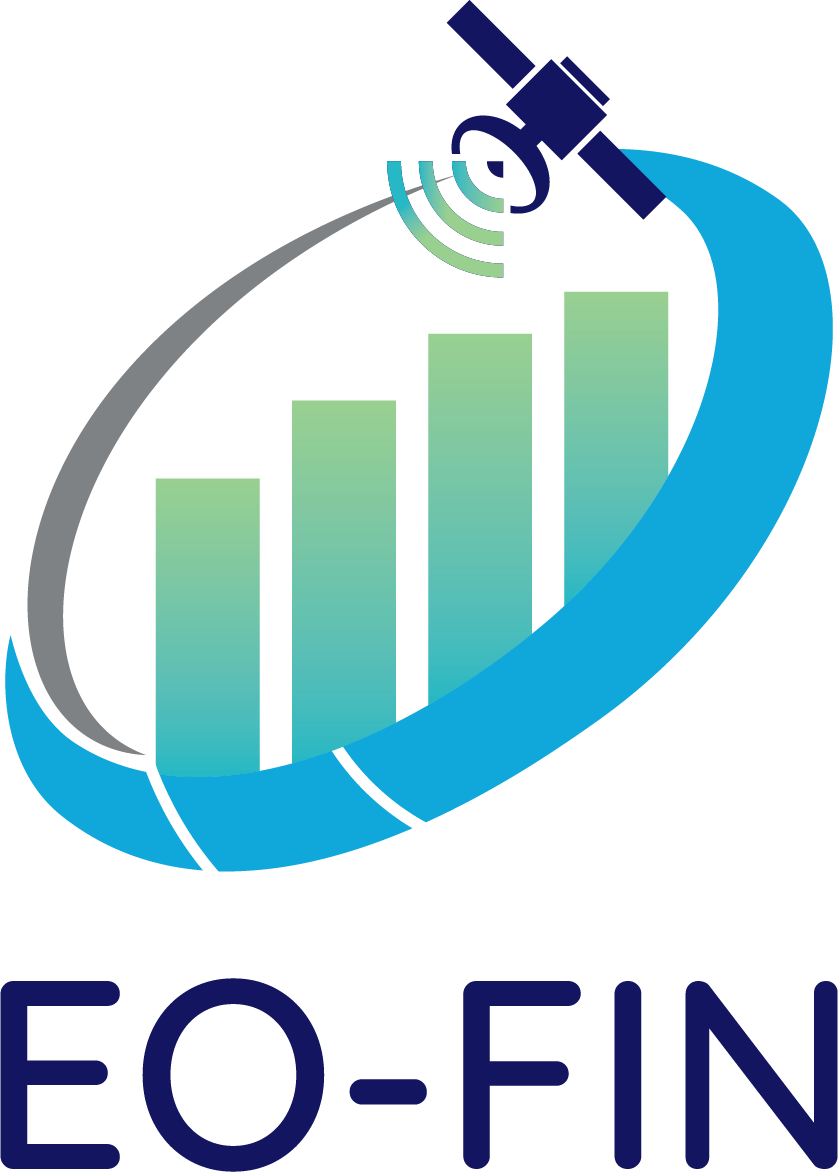Monitoring Changes in Port Activity Patterns | ||||||||
VHR image of Pléiades Neo (0.3m) (Source: Airbus) | ||||||||
Product Category | ||||||||
|
| |||||||
Financial Domains | ||||||||
| ||||||||
User requirements | ||||||||
UN9: Understanding stock levels and monitoring supply chains. | ||||||||
Description | ||||||||
The EO data enables the financial management sector to regularly track changes in port activity patterns including cargo volumes, vessel traffic, and infrastructure development. By analysing these changes, financial managers can make informed investment decisions, assess the financial health of companies engaged in port operations, and identify emerging market trends. | ||||||||
Spatial Coverage Target | ||||||||
Ports | ||||||||
Data Throughput | ||||||||
Rapid tasking Data availability |
|
| ||||||
PRODUCT SPECIFICATIONS | ||||||||
Main processing steps | Monitoring changes in port activities over time is applicable by using VHR images with suitable temporal frequency. Then we can perform change detection analysis on the acquired satellite images to identify and quantify changes in the port's infrastructure, cargo volume, vessel traffic, and other relevant parameters. This analysis involves comparing two or more images taken at different times and highlighting the differences between them. The change detection analysis becomes more informative when we possess labelled data of the port. In addition to conventional change detection techniques, automated change detection methods using machine learning algorithms can be advantageous in this context. | |||||||
Input data sources | Optical: VHR based on the availability like Pleiades 1A/1B & NEO, WorldView2&3, and SPOT6/7 Radar: N.A Satellite-based products: N.A Supporting data: AIS | |||||||
Accessibility | Optical VHR imagery: commercially available on demand from EO service providers. | |||||||
Spatial resolution | Optical VHR: ≤ 0.5 m | |||||||
Frequency (Temporal resolution) | Optical VHR: Sub-daily to Daily | |||||||
Latency | < 1 Day | |||||||
Geographical scale coverage | Globally | |||||||
Delivery/ output format | Data type: Raster File format: GeoTIFF | |||||||
Accuracies | Thematic accuracy: 80-90% Spatial accuracy: 1.5-2 pixels of input data | |||||||
Constraints and limitations |
| |||||||
User's level of knowledge and skills to extract information and perform further analysis on the EO products. | Skills: Essential Knowledge: Essential | |||||||
P13: Monitoring Changes in Port Activity Patterns | |
Maturity score | |
Mean: 2.4 | STD: 0.66 |
Constraints and limitations · Cloud presence near large water bodies · No observation at night · Cost of VHR satellite imagery | |
Relevant user needs UN37: Projection of risk to portfolio assets into the future. | |
R&D gaps · Limited available labelled data of port activities. · Temporal resolution and cloud presence of the satellite data can limit the frequency of monitoring and timely detection of rapid changes in port activities. · Discerning fine-scale details of port activities. · Limited nighttime observations | |
Potential improvements drivers · More frequent VHR optical satellite imagery. · More investigation of the use of VHR Synthetic Aperture Radar (SAR) imagery. · Fusion, with in-situ sensors, long time series of data to model the specificities of the location, combination of optical sensors, hyperspectral, and SAR, but they need to be acquired at the same time. · Provide more labelled data on port activities. · VHR nighttime light observation. | |
Utilisation level review | |
Utilisation score | |
Mean: 2.33 | STD: 0.94 |
No utilisation Low utilisation Unawareness of the existence of commercial EO products with better specifications. Medium utilisation High utilisation High importance and relatively accurate versus comparable methods of gathering this type of information. | |
Critical gaps related to relevant user needs | |
| |


This page has no comments.